Rising Awareness of Fire Safety
Rising awareness of fire safety among industries and consumers is a crucial driver for the Fire Resistant Lubricant Market. As organizations prioritize safety protocols and risk management strategies, the demand for fire-resistant lubricants is expected to increase. Educational initiatives and training programs aimed at promoting fire safety have heightened awareness of the importance of using appropriate lubricants in high-risk environments. This growing consciousness is likely to lead to a more informed customer base that actively seeks out fire-resistant solutions. Market analysts project a growth rate of approximately 4% in the coming years, as industries recognize the value of investing in fire safety measures, including the use of specialized lubricants.
Shift Towards Sustainable Solutions
The Fire Resistant Lubricant Market is witnessing a notable shift towards sustainable solutions, driven by growing environmental concerns and the need for eco-friendly products. Manufacturers are increasingly focusing on developing biodegradable and non-toxic fire-resistant lubricants that minimize environmental impact. This shift is not only aligned with global sustainability goals but also responds to consumer demand for greener alternatives. The market for sustainable fire-resistant lubricants is anticipated to expand significantly, with estimates suggesting a growth rate of approximately 7% over the next few years. This trend reflects a broader movement within the industry to balance performance with environmental responsibility, thereby fostering innovation in formulation and production processes.
Regulatory Compliance and Safety Standards
The Fire Resistant Lubricant Market is experiencing a surge in demand due to stringent regulatory compliance and safety standards. Governments and regulatory bodies are increasingly mandating the use of fire-resistant materials in various sectors, including manufacturing, aerospace, and automotive. This trend is driven by the need to enhance workplace safety and reduce the risk of fire-related incidents. As a result, companies are compelled to adopt fire-resistant lubricants to meet these regulations. The market is projected to grow at a compound annual growth rate (CAGR) of approximately 5% over the next five years, reflecting the increasing emphasis on safety and compliance. This regulatory landscape not only drives innovation in lubricant formulations but also encourages manufacturers to invest in research and development to create more effective fire-resistant solutions.
Technological Advancements in Formulations
Technological advancements in formulations are playing a pivotal role in shaping the Fire Resistant Lubricant Market. Innovations in chemical engineering and material science have led to the development of high-performance lubricants that offer superior fire resistance. These advancements enable lubricants to withstand extreme temperatures and pressures, thereby enhancing their applicability in various industrial processes. For instance, the introduction of synthetic base oils and advanced additives has significantly improved the thermal stability and lubricating properties of fire-resistant lubricants. As industries increasingly seek efficient and reliable solutions, the market is expected to witness a notable increase in demand, with projections indicating a growth rate of around 6% annually. This trend underscores the importance of continuous innovation in meeting the evolving needs of end-users.
Increasing Industrialization and Urbanization
The Fire Resistant Lubricant Market is significantly influenced by the increasing industrialization and urbanization trends observed in various regions. As industries expand and urban areas grow, the demand for fire-resistant lubricants is expected to rise correspondingly. Sectors such as construction, manufacturing, and transportation are particularly reliant on these lubricants to ensure safety and efficiency in operations. The rapid development of infrastructure and the establishment of new manufacturing facilities are likely to drive the market forward, with projections indicating a potential growth rate of around 5% annually. This industrial expansion necessitates the adoption of fire-resistant lubricants to mitigate risks associated with fire hazards, thereby reinforcing the market's growth trajectory.


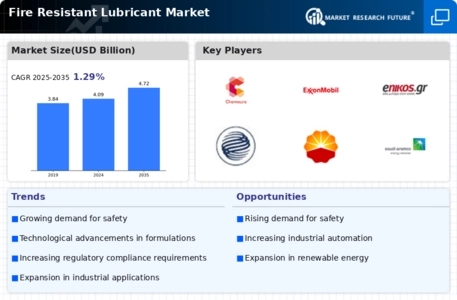
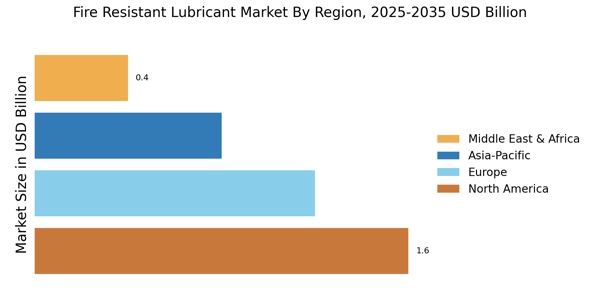
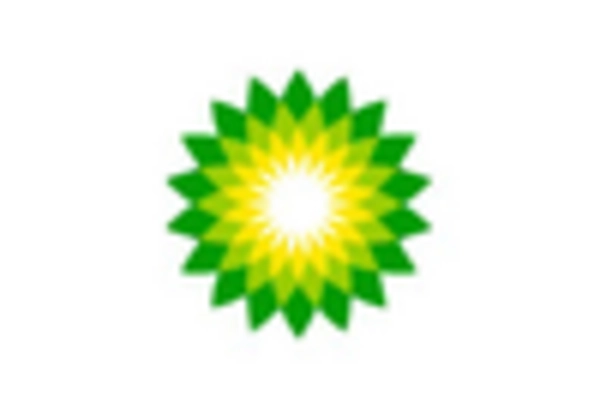
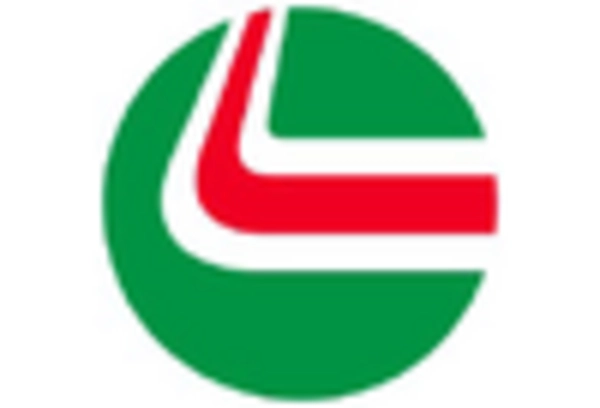
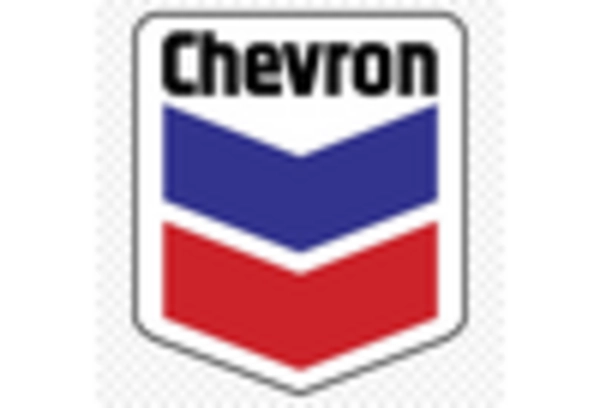
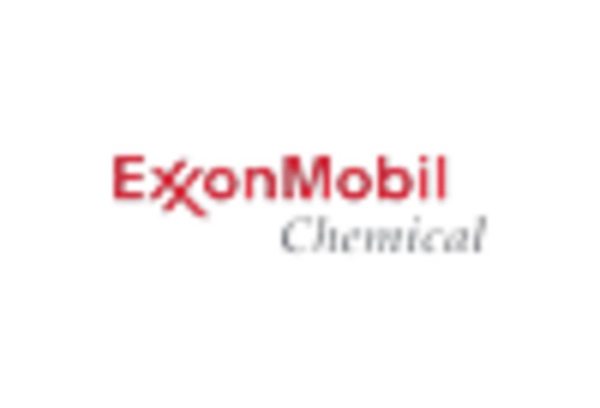










Leave a Comment